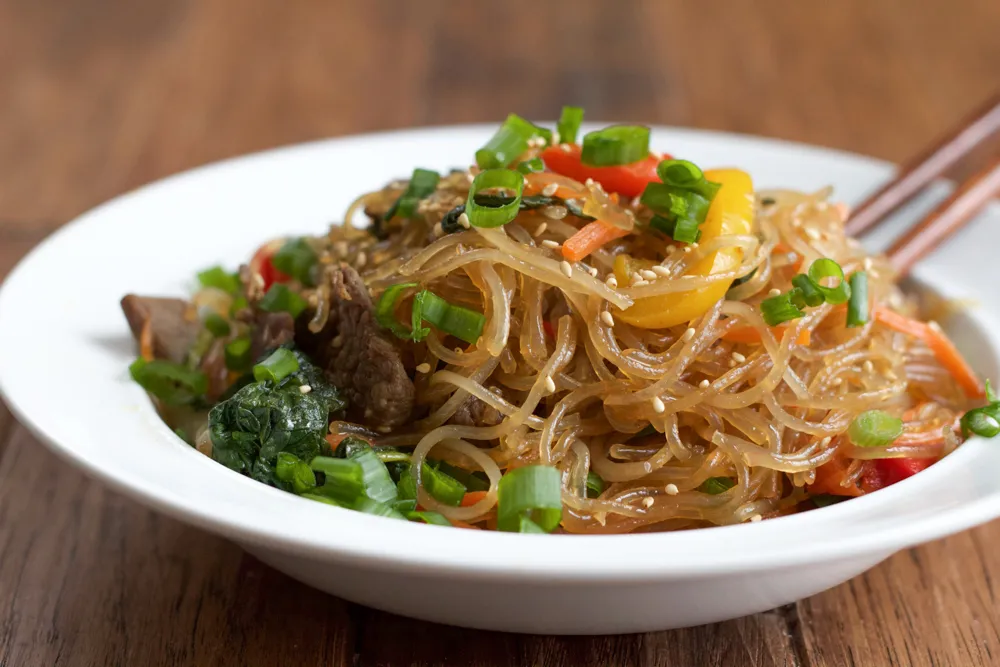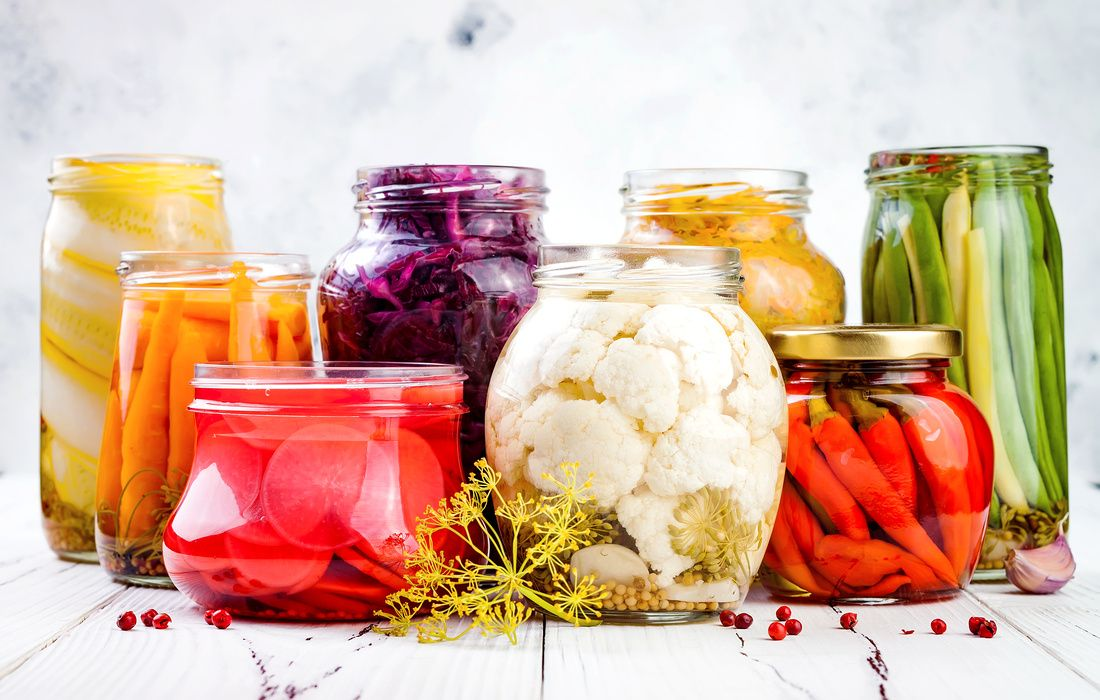solsticeuniversity.com – Thai Tea, or “Cha Yen” as it’s called in Thailand, is more than just a refreshing beverage—it’s a symbol of Thai street food culture and hospitality. Known for its vibrant orange hue, sweet taste, and creamy texture, Thai Tea has gained global popularity, appearing in cafes and restaurants worldwide. But what makes this drink so special?
The Origins of Thai Tea
Thai Tea traces its roots to Thailand’s rich culinary history, influenced by trade and cultural exchange. It is believed that Thai Tea was introduced in the early 20th century when black tea from China and India made its way into Thai markets. Over time, Thai vendors began adding unique local ingredients such as spices and condensed milk, creating the signature flavor we know today.
Originally served as a street drink, Thai Tea became a staple in Thai households and eateries, eventually achieving international fame.
What’s in Thai Tea?
The magic of Thai Tea lies in its distinctive blend of ingredients, which creates a balance between sweetness, creaminess, and bold tea flavor. Traditional Thai Tea typically includes:
- Strong brewed black tea (Ceylon or Assam varieties are commonly used)
- Spices like star anise, crushed tamarind seed, cardamom, and occasionally cloves
- Sweetened condensed milk or evaporated milk
- Sugar
- Ice
Its characteristic bright orange color often comes from added food coloring, though some recipes achieve a natural tint from the tea and spices.
How Is It Served?
Thai Tea is traditionally served over crushed ice in tall glasses, making it an ideal drink for Thailand’s tropical climate. The creamy top layer of evaporated milk or half-and-half poured over the iced tea creates a beautiful gradient of colors—from deep orange to light cream.
In modern adaptations, Thai Tea can also be enjoyed as:
- Thai Tea Bubble Tea (with tapioca pearls)
- Thai Tea Latte (served hot)
- Thai Tea Ice Cream or Desserts
Taste Profile
Thai Tea offers a sweet, slightly spiced flavor, with a robust tea base and silky mouthfeel thanks to the condensed milk. The combination of strong black tea and sweet creaminess makes it both refreshing and indulgent.
Cultural Significance
In Thailand, Thai Tea is a common fixture at street food stalls, night markets, and local restaurants, often paired with spicy dishes to balance the heat. It reflects the Thai approach to food: harmonizing bold and contrasting flavors.
Thai Tea is also part of hospitality culture. Serving it to guests or customers is seen as a gesture of warmth and friendliness.
Global Popularity
In recent years, Thai Tea has become a favorite in international cafes and bubble tea shops, especially in North America, Europe, and Southeast Asia. Its eye-catching color and rich flavor make it a standout on drink menus.
Health Considerations
While Thai Tea is a delicious treat, it’s typically high in sugar and calories due to the use of sweetened condensed milk and sugar. Health-conscious drinkers might opt for lighter versions using plant-based milk or unsweetened alternatives.
Conclusion
Whether enjoyed on a bustling street in Bangkok or in a trendy café abroad, Thai Tea is a beloved beverage that bridges cultural boundaries. Its unique taste, colorful appearance, and ties to Thai tradition make it more than just a drink—it’s an experience.




